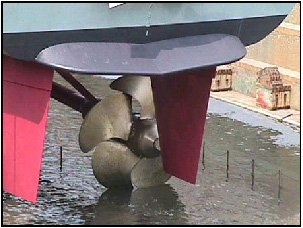brian eiland
Guru
- Joined
- Jul 17, 2013
- Messages
- 930
- Location
- USA & Thailand
- Vessel Name
- RunningTide
- Vessel Make
- 37 Louisiane catamaran
This subject of wedge shaped additions onto the sterns of hulls came up today, so after I finished trying to remember why I had chosen to add them to the sterns of my sportfishing catamaran design, I went looking on this forum for the subject. Either I did not see much discussion about these objects, or it was hidden in some other 'titles' of subject threads.
So I thought I would start a new subject thread on these 'attitude altering' devices. I'm sure there are many opinions.
Here's one link that starts out speaking of such devices on sailing hulls but quickly gets to power hulls:
Stern Wedges - Sailing Anarchy - Sailing Anarchy Forums
And if you google the term 'stern wedge' you will find a lot more links.
So I thought I would start a new subject thread on these 'attitude altering' devices. I'm sure there are many opinions.
Here's one link that starts out speaking of such devices on sailing hulls but quickly gets to power hulls:
Stern Wedges - Sailing Anarchy - Sailing Anarchy Forums
And if you google the term 'stern wedge' you will find a lot more links.

